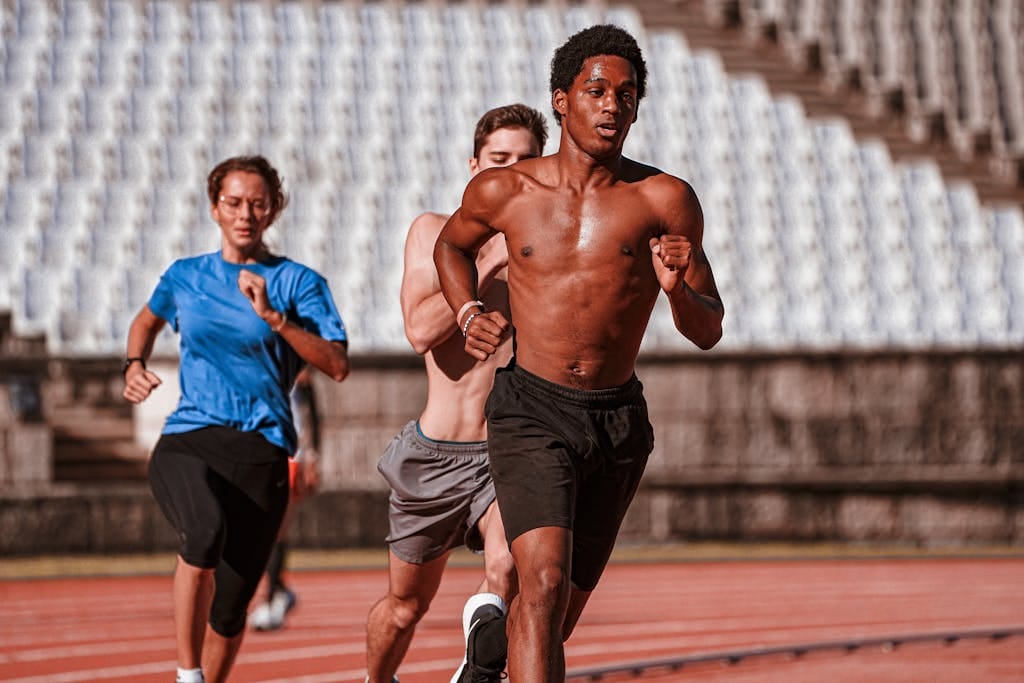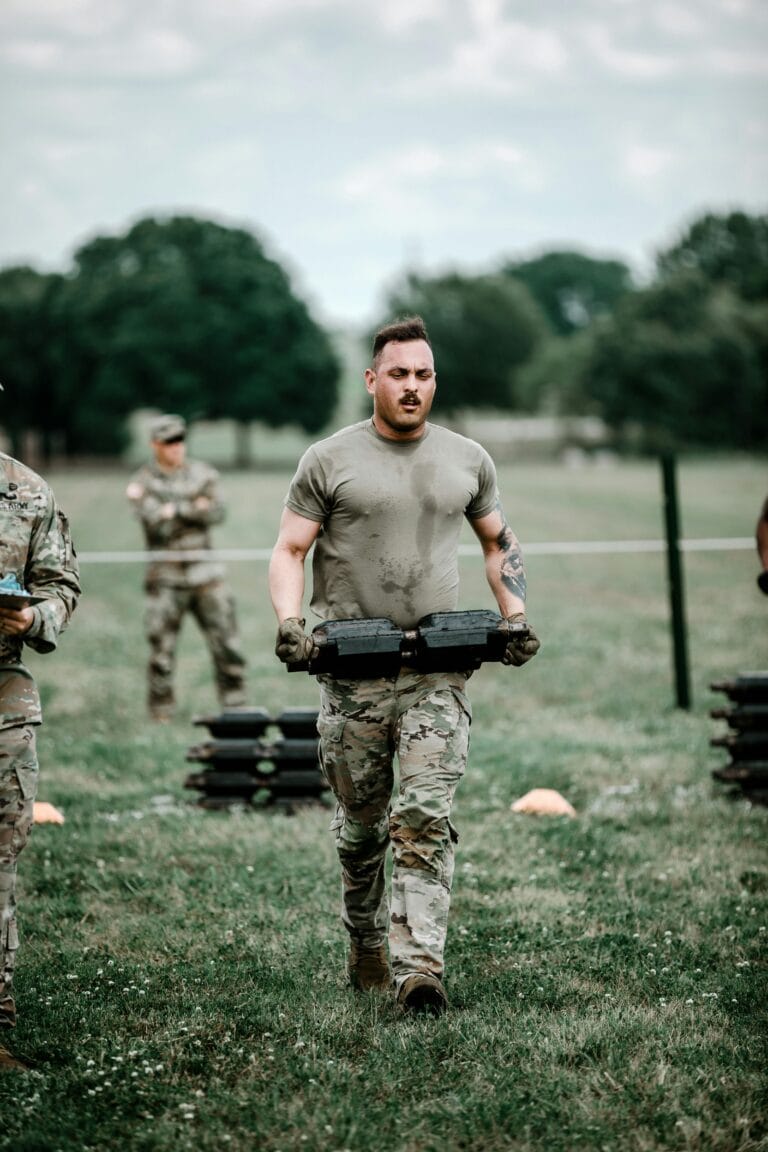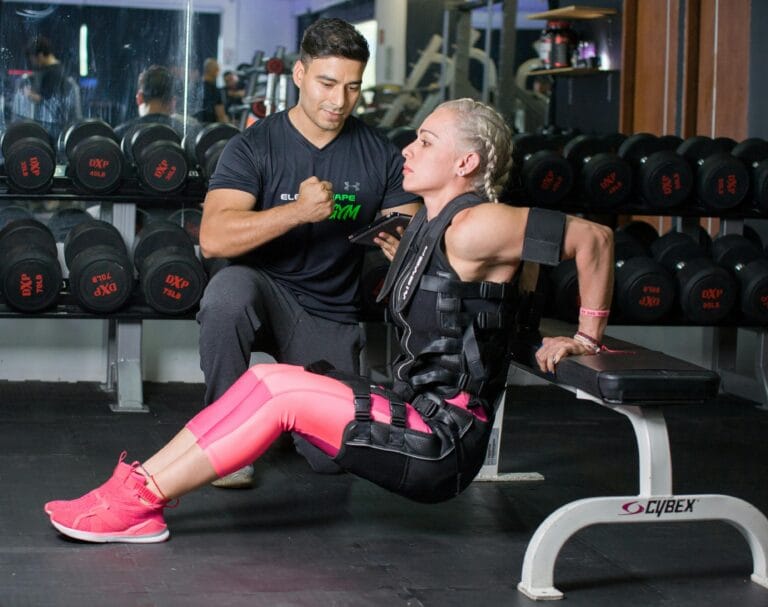FREE SHIPPING OVER $50
Fix Weak Hips Fast: Tips from a Physical Therapist for Runners
If you’re a runner, you know how crucial strong hips are for performance and injury prevention. Weak hips can lead to a cascade of issues—knee pain, IT band syndrome, lower back discomfort, and even slower race times. But here’s the good news: you don’t have to live with weak hips. With the right exercises and strategies, you can strengthen your hips fast and get back to running stronger than ever. In this article, we’ll share tips from a physical therapist to help you fix weak hips and improve your running game. Ready to hit the ground running? Let’s dive in.
Why Strong Hips Matter for Runners

Your hips are the powerhouse of your running mechanics. They stabilize your pelvis, absorb impact, and propel you forward. When your hips are weak, other muscles and joints have to compensate, leading to inefficiency and injury. Here’s why strong hips are non-negotiable for runners:
- Improved Stability: Strong hips keep your pelvis level, reducing strain on your lower back and knees.
- Better Form: They help maintain proper alignment, preventing overpronation and other gait issues.
- Injury Prevention: Weak hips are a leading cause of common running injuries like IT band syndrome and patellofemoral pain.
- Enhanced Performance: Strong hips mean more power and endurance, helping you run faster and longer.
Signs You Have Weak Hips
Not sure if your hips are the problem? Here are some common signs of weak hips in runners:
- Knee pain, especially on the outside of the knee
- Lower back pain during or after runs
- Hip tightness or discomfort
- Difficulty maintaining proper running form
- Frequent IT band issues
If any of these sound familiar, it’s time to strengthen those hips.
Tips from a Physical Therapist to Fix Weak Hips
Ready to take action? Here are proven tips from a physical therapist to help you strengthen your hips fast:
1. Incorporate Hip-Strengthening Exercises
- Why it works: Targeted exercises build strength in the glutes, hip flexors, and abductors, improving stability and power.
- What to do: Add these exercises to your routine 2-3 times per week:
- Clamshells: Lie on your side, bend your knees, and lift your top knee while keeping your feet together.
- Glute Bridges: Lie on your back, bend your knees, and lift your hips toward the ceiling.
- Side-Lying Leg Lifts: Lie on your side and lift your top leg straight up, keeping it aligned with your body.
- Pro tip: Start with bodyweight exercises and gradually add resistance bands or weights.
2. Focus on Mobility
- Why it works: Tight hips can limit your range of motion and lead to compensations in your running form.
- What to do: Incorporate these stretches into your routine:
- Hip Flexor Stretch: Kneel on one knee and push your hips forward.
- Pigeon Pose: Sit with one leg bent in front of you and the other extended behind, leaning forward to stretch the hip.
- 90/90 Stretch: Sit with both knees bent at 90 degrees, one in front and one to the side, and lean forward.
- Pro tip: Stretch after your runs or on rest days to improve flexibility.
3. Strengthen Your Core
- Why it works: A strong core supports your hips and improves overall running mechanics.
- What to do: Add core exercises like planks, bird-dogs, and dead bugs to your routine.
- Pro tip: Focus on engaging your core during runs to maintain proper form.
4. Improve Your Running Form
- Why it works: Proper form reduces strain on your hips and prevents compensations.
- What to do:
- Keep your chest up and shoulders relaxed.
- Avoid overstriding—land with your foot under your body.
- Engage your glutes and core to power your stride.
- Pro tip: Consider a gait analysis with a physical therapist or running coach.
5. Gradually Increase Mileage
- Why it works: Sudden increases in mileage can overload weak hips, leading to injury.
- What to do: Follow the 10% rule—increase your weekly mileage by no more than 10%.
- Pro tip: Incorporate rest days and cross-training to give your hips a break.
6. Use Foam Rolling and Massage
- Why it works: Foam rolling releases tension in the muscles around your hips, improving mobility and recovery.
- What to do: Roll your IT bands, glutes, and hip flexors for 1-2 minutes each.
- Pro tip: Use a lacrosse ball for deeper pressure on tight spots.
7. Warm Up Before Runs
- Why it works: A proper warm-up prepares your hips for the demands of running.
- What to do: Spend 5-10 minutes doing dynamic stretches like leg swings, hip circles, and lunges.
- Pro tip: Save static stretching for after your run.
8. Listen to Your Body
- Why it works: Ignoring pain or discomfort can lead to serious injuries.
- What to do: If you feel persistent pain, take a break and consult a physical therapist.
- Pro tip: Incorporate active recovery, like swimming or cycling, on rest days.
The Science Behind Strong Hips
Still not convinced? Let’s look at the research:
- Injury Prevention: Studies show that hip-strengthening exercises reduce the risk of common running injuries by up to 50%.
- Performance Boost: Strong hips improve running economy, allowing you to run faster with less effort.
- Muscle Activation: Weak glutes and hip abductors are linked to poor running mechanics and increased injury risk.
Your Hips, Your Running Future
Weak hips don’t have to hold you back. By incorporating these tips from a physical therapist into your routine, you can strengthen your hips, improve your running form, and prevent injuries. Remember, consistency is key. Stick with it, and you’ll see results.
Related Articles
- Transform Your Body After 50: 10 Exercise Habits You Need to Know
- Get Ripped Triceps: Top 5 Exercises You Can’t Ignore
- Certified Trainer Reveals the Most Overlooked Exercise You Should Be Doing
- Build Incredible Strength with Cluster Sets: The Secret Training Method
- Transform Your Body with Arnold Schwarzenegger’s 5-Move Dumbbell Workout



